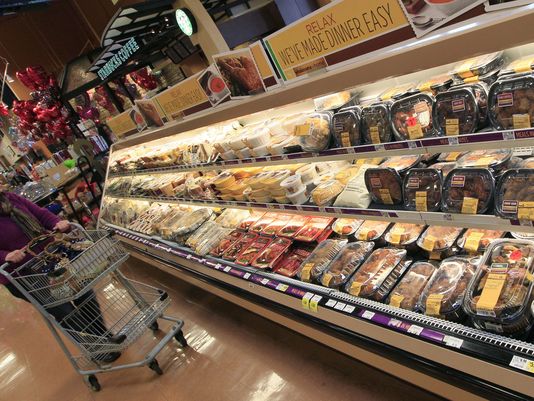In an effort to reduce high blood pressure rates that kill 1,000 Americans each day, the Food and Drug Administration released draft voluntary guidelines Wednesday aimed at nudging companies to cut the amount of sodium in restaurant food and processed products by one-third over the next decade.
Nine in 10 Americans consume too much sodium, taking in an average of 3,400 milligrams a day, or 50% more than recommended — a fact that helps explain why one in three Americans has high blood pressure. Only half of adults with high blood pressure have it under control, according to the FDA.
Hiding the salt shaker won't help. Most of the sodium in our diets is added for us by food manufacturers, according to the FDA. About half of all food dollars are spent on food prepared outside the home.
Reducing Americans' average sodium consumption by just 12% could prevent 32,000 heart attacks and 20,000 strokes a year, according to an editorial in JAMA by Thomas Frieden, director of the Centers for Disease Control and Prevention.
“Many Americans want to reduce sodium in their diets, but that’s hard to do when much of it is in everyday products we buy in stores and restaurants,” said Sylvia Burwell, Secretary of the Department of Health and Human Development. "Today’s announcement is about putting power back in the hands of consumers, so that they can better control how much salt is in the food they eat and improve their health.”
The American Heart Association endorsed the draft guidelines. Some companies also have come out in support.
In a statement, Mars, which makes Uncle Ben's rice, said it reduced sodium in its products 25% from 2007 to 2012. The company plans to reduce sodium an additional 20% by 2021.


